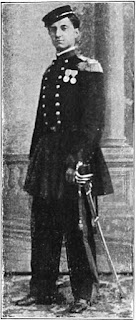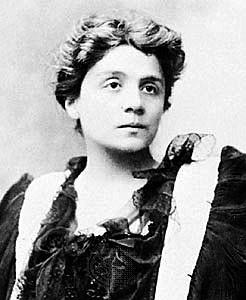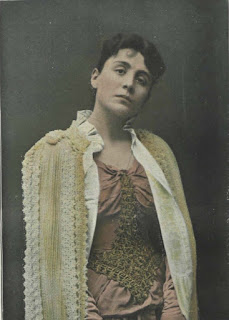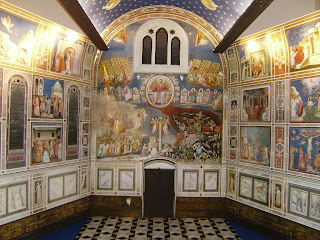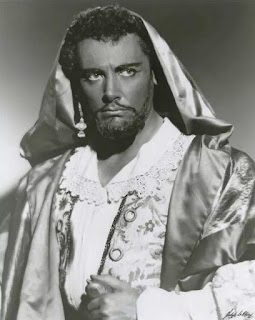Bar owner who created classic red aperitif
 |
| Gaspare Campari created his eponymous liqueur while running a bar in Novara |
He founded the company, subsequently developed by his sons, Davide and Guido, that would grow to such an extent that, as Gruppo Campari, it is now the sixth largest producer of wines, spirits and soft drinks in the world with a turnover of more than €1.8 billion.
Gaspare was the 10th child born into a farming family in the province of Pavia, where Cassolnovo is found, but he had no ambition to work on the land. After working in a local bar, at the age of 14 he went to Turin, then the prosperous capital of the Kingdom of Piedmont-Sardinia.
He obtained an apprenticeship to Giacomo Bass, the Swiss proprietor of a pastry and liqueur shop on Piazza Castello. He is also said to have worked at the historic Ristorante Del Cambio, on Piazza Carignano, as a waiter and dishwasher.
In 1850, by then in his early 20s and armed with the knowledge he had acquired in about eight years in Turin, he moved to Novara, some 100km (62 miles) northeast of Turin and about 50km (31 miles) west of Milan.
 |
| The Caffè Campari inside Milan's historic Galleria Vittorio Emanuele II remains a popular bar today |
Its distinctive red colour was created in the original version by the addition of carmine dye, derived from crushed cochineal beetles, although that ingredient is not used today. Gaspare called it Bitter all’uso D’Hollanda, after a drink he had tasted on a visit to the Netherlands, but it was not long before patrons of the bar began to refer to it as Bitter del Signor Campari, and eventually simply Campari. He began to bottle it in a workshop at the back of his premises, launching the Campari brand in 1860.
Married while in Novara, eventually becoming father to five children, he decided in 1862 to relocate to Milan, where he acquired a bar opposite the city's magnificent Gothic cathedral. Five years later, as part of a plan to create a vast Piazza del Duomo, the building containing Campari’s car was earmarked for demolition. Thankfully, Gaspare was handsomely compensated and moved into prestigious premises inside the new Galleria Vittorio Emanuele II, the glass-vaulted shopping arcade that links Piazza del Duomo with Piazza della Scala.
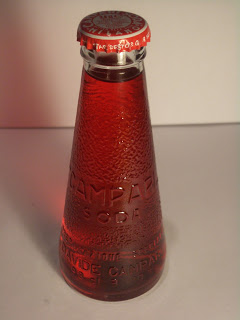 |
| Fortunato Depero's classic Camparisoda bottle was designed in 1932 and is still in use today |
When Gaspare died in 1882, aged just 54, his widow, Letizia, is said to have taken control of the company until his son, Davide, who had been born in the same year that his father had moved into the Galleria. Guido took over the running of the bar.
In 1904, production of Campari moved to a factory at Sesto San Giovanni, a growing industrial town to the north of Milan, which would remain in operation until 2005, when a new production site was opened in Novi Ligure, in the province of Alessandria in Piedmont.
Fiercely marketed by Davide, the famous drink became known across Italy and beyond, especially after the launch in 1932 of Camparisoda, the mix of Campari liqueur and soda water still sold in its trademark conical bottle, designed by the Futurist artist Fortunato Depero.
Nowadays, the Campari Group is a massive drinks conglomerate, with a portfolio of brands that includes Aperol and Grand Marnier liqueurs, SKYY Vodka, Wild Turkey bourbon, Glen Grant Scotch whisky, Bisquit Cognac and Cinzano vermouth.
 |
| The multi-tiered 121-metre high cupola of Novara's Basilica of San Gaudenzio |
Novara, where Gaspare first created his famous drink, is in the Piedmont region. It is the second biggest city in the region after Turin. Founded by the Romans, it was later ruled by the Visconti and Sforza families. In the 18th century it was ruled by the House of Savoy. In the 1849 Battle of Novara, the Sardinian army was defeated by the Austrian army, who occupied the city. This led to the abdication of Charles Albert of Sardinia and is seen as the beginning of the Italian unification movement. The most imposing building in Novara is the Basilica of San Gaudenzio, which has a 121-metre high cupola.
 |
| The Piazza Delle Piane is an elegant square in the centre of Novi Ligure, flanked by the Palazzo Delle Piane. |
In the 17th and 18th centuries, the town of Novi Ligure, where Campari switched production in 2005, was once a renowned inland resort for rich Genoese families, whose numerous noble palaces adorn the historical centre. These include Palazzo Negroni, Palazzo Durazzo and Palazzo Delle Piane, situated in Piazza Delle Piane. Novi has retained part of its walls, erected in 1447 and partly demolished in the 19th century, together with the tower of the Castle. There is a museum, the Museo dei Campionissimi, devoted to Fausto Coppi and another famous cyclist, Costante Girardengo, who were both born there. The town is now a centre for the production of chocolate, notably the Novi brand.







